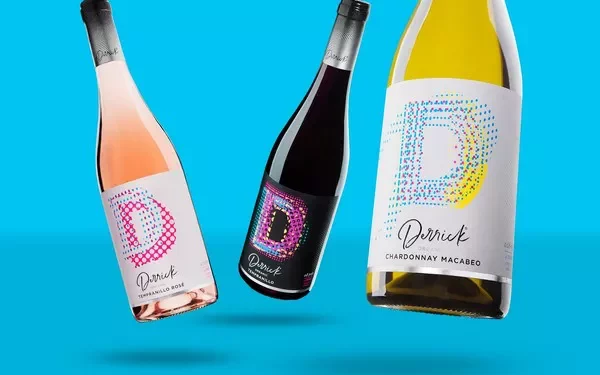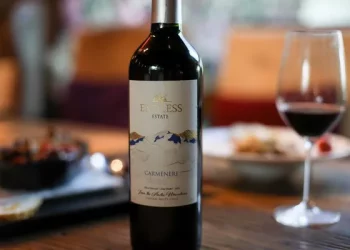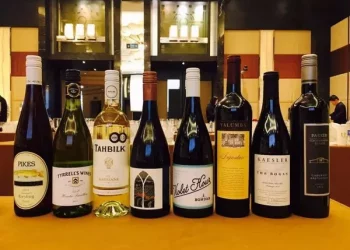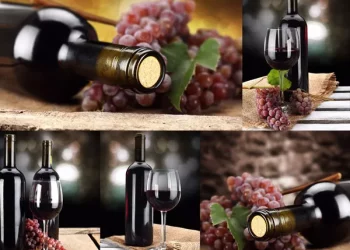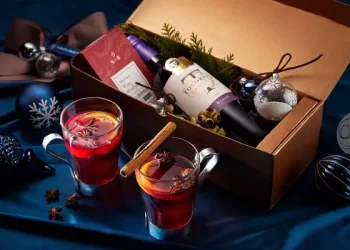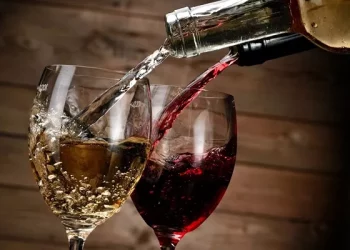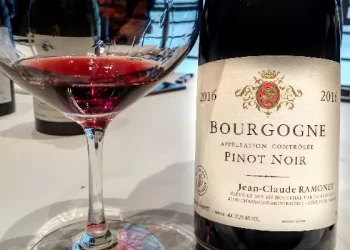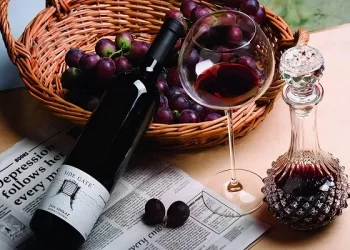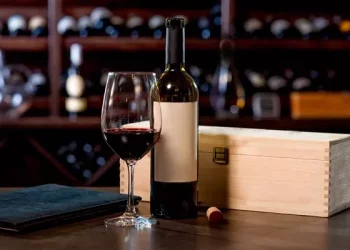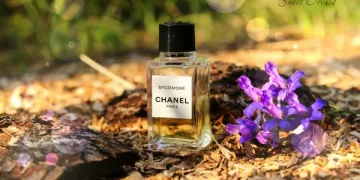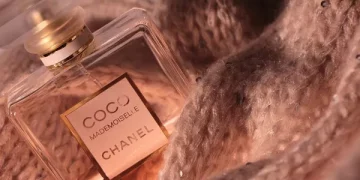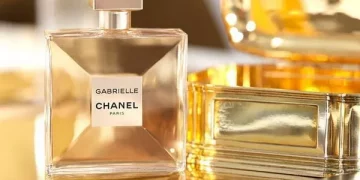In the process of wine tasting, smell can be said to be a very important link, is also a lot of people’s wine tasting fun.
Now let’s take a closer look at the aromas in wine.
Generally speaking, Aromas of wine can be divided into three types, namely Primary Aromas, Secondary Aromas and Tertiary Aromas.
1. Class I aromas. Class I aromas are those derived from the grape variety itself and alcoholic fermentation. They are the most vivid in young wines and tend to fade with age. The familiar floral, fruity and herbaceous aromas belong to this category.
Many grape varieties have their signature aromas, such as Syrah wines with strong pepper notes, Gewurztraminer wines with strong lychee aromas, and Sauvignon Blanc wines with strong grassy flavors.
It is important to note that the same grape variety, grown in different environments, will often differ in one type of aroma.
For example, the same white Chardonnay wines from the cold Chablis region tend to show strong green fruit and citrus fruit aromas, while those from the warm Margaret River region have strong stone fruit aromas.
2. Second class aroma The second class aroma can be simply understood as the completion of the wine Fermentation process produced by the wine, mainly including the aroma from the oak barrel itself, as well as Malolactic Fermentation (MLF) and the wine mud contact aroma.
Malic-lactic Acid fermentation can convert sharp Malic Acid into soft Lactic Acid, which can make the taste of wine more smooth and round, and bring special aroma and flavor such as butter and cream.
Red wines usually undergo malate-lactic fermentation, while white wines are a case by case decision.
Puree is mainly dead yeast cells. Puree contact is often used to make white wines and sparkling wines. This method can give flavor to wines such as baking, bread and biscuits. It can also add texture and complexity to the wine.
The oak barrels give the wine aromas of vanilla, clove, chocolate, smoke and spice.
But the variety of oak barrels — French, American and Slian — varies in size, degree of toasty and degree of old and new, so the flavors can vary from barrel to barrel.
3. Three types of aromas Three types of aromas are the aromas produced during the aging process of a wine.
High-quality Cabernet Sauvignon, for example, tends to age with tobacco, cedar, wet leaves and other complex aromas, while high-quality Pinot Noir may age with mushroom, leather and truffle flavors.
Aged Riesling, on the other hand, has a whiff of gasoline, almonds and honey.
It’s important to note that not all wines age well.
For wines with potential for aging, three distinct aromas can be developed during the aging process, although the first and second types of aromas may gradually weaken or even disappear during this period.
The latest market dynamics at any time to see, please pay attention to.

